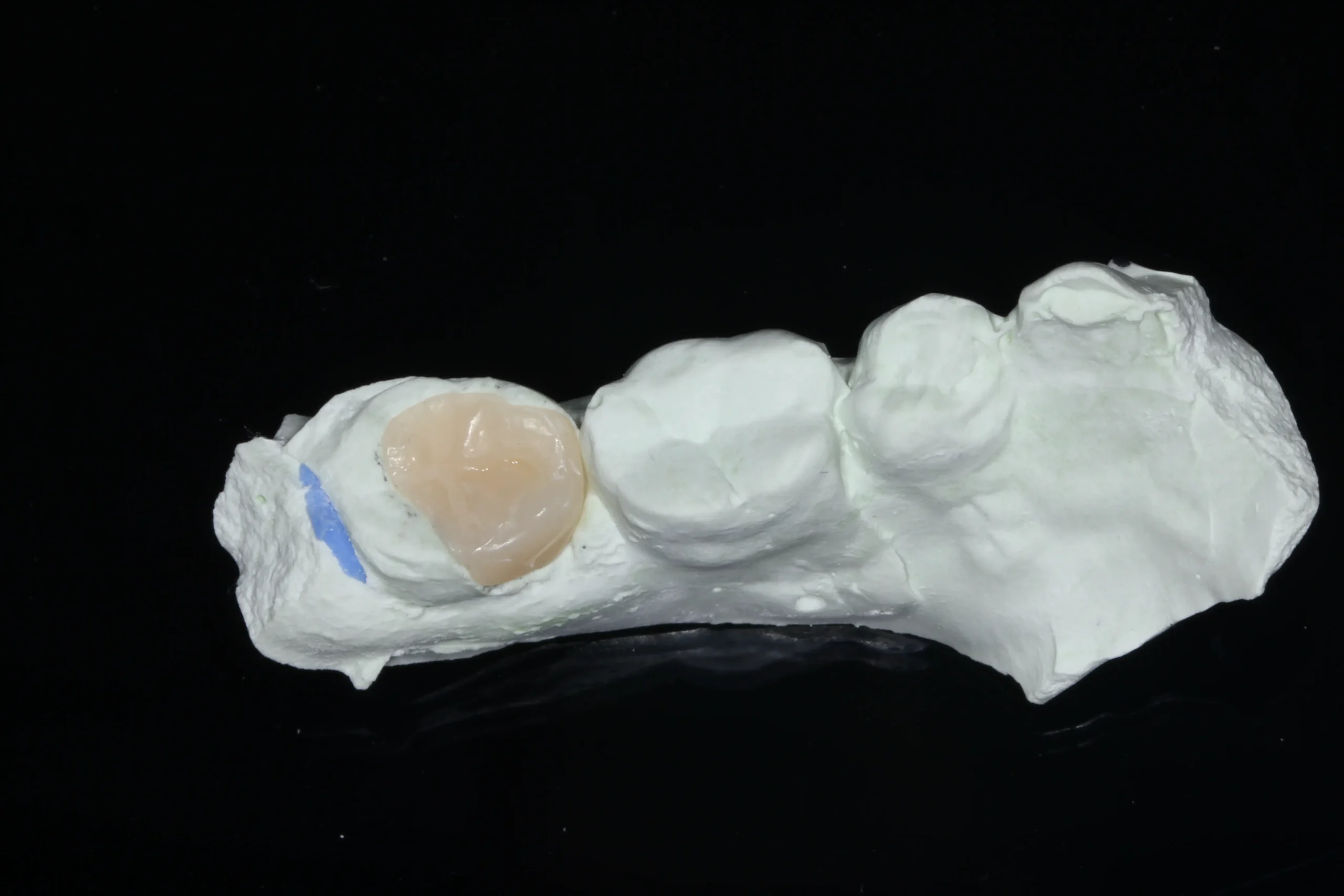
| Aspect | Conventional Dentistry | Biomimetic Dentistry |
|---|---|---|
| Tooth Preservation | May remove more healthy tissue | Minimal removal, maximum conservation |
| Materials Used | Strong but rigid materials (e.g., crowns) | Flexible, life-like materials |
| Philosophy | Repair and replace | Mimic and reinforce natural structures |
| Longevity | Good but often requires future rework | Designed to prevent further damage |
| Patient Outcome | Functional restoration | Natural strength, beauty, and function |
Biomimetic dentistry offers several advantages, including:
These benefits lead to healthier, longer-lasting teeth with fewer complications over time.
We believe that everyone deserves a radiant smile. Whether it’s your first whitening treatment or a follow-up, we’ll walk you through every step and answer any questions you have.